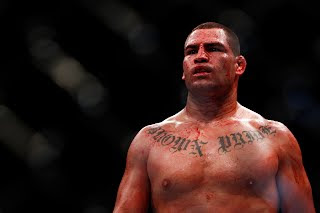The first part of this series discussed the basic structure of a team-based mixed martial arts promotion, and the second part explored television possibilities for such a promotion, but this third and final piece takes a look at how the teams will be developed, and dig further into the creation of the season.
To begin, this organization would have 10 teams: five on the East Coast and five on the West Coast. The makeup of each team would consist of 16 main roster fighters. These roster “spots” would include each weight class, flyweight through heavyweight, meaning two people for each weight division.
At the start of every year, trainers, team owners, and league officials would come together for a MMA draft. The draftees would be fighters who have applied for an opportunity to compete for the promotion, and submitted such materials as official fight records and video. The teams would take turns selecting fighters until they have at least one person to fill every weight class. Once that is complete, all the remaining fighters would become free agents who could sign to any organization willing to pay them.
This team-based MMA season would begin in May of every year. The promotion would host two televised events a month. One event would be two pairs of east coast teams competing, and the next event would feature two pairs of west coast teams. This means that four of the five teams in each division would compete during one month, and one organization would have a month off on a rotating basis. By the end of September, each team would have fought all the other teams in their division and have received a month off.
The winners at each event would be determined by which team walks away with the most wins. Officials would draw seven weight classes at the start of the event to determine which seven weight classes would participate. At the end of the evening, the teams with the most wins would be declared the winners.
At the end of September, the top-ranked east coast and west coast teams will be selected to take part in a championship event during October. This event would feature all eight weight classes, along with a ninth fight that would feature either the team coaches or another selected fighter from each team.
While this blueprint for team mixed martial arts may seem a little far out, many fans would really enjoy the idea of teams of fighters competing toward the same goal. Although each individual fighter would want to win for his own reasons, the goal of pushing a team towards a championship would display more of the camaraderie that comes from fighters training together. And while team MMA seems unlikely, it’s certainly something worth dreaming about.




